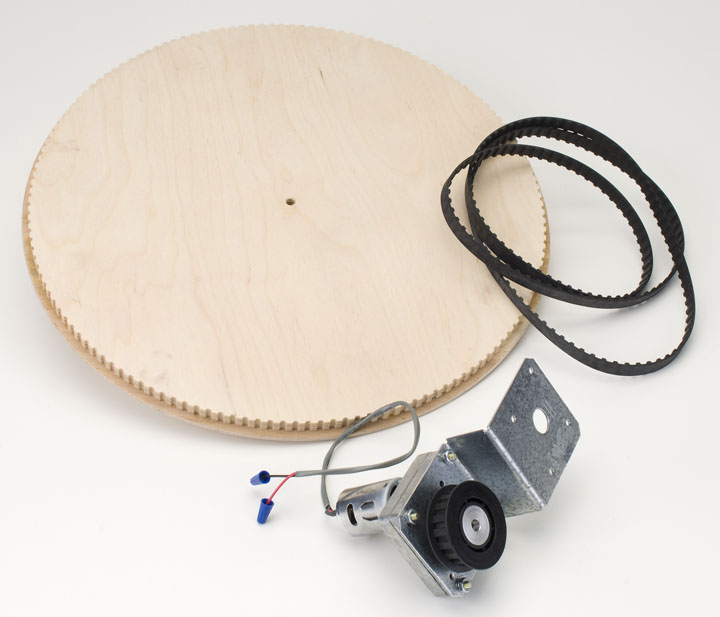RE: Only Background Sounds. (Not Using D-CS)
I searched through this forum and could not find any posting regarding "Background Sound".
There was an individual wanting to apply sound to his [O] scale turntable.
Adding "Background Sound" will add more realism to a model train layout.
I presently have (x3) realistic sound modules.
- Turntable Rotating
- Small Forest Brook
- Grade Crossing Bell
ITT Products:
- Operates in all model train scales
- Has many different types of procedures to activate the sound module
ITT Products:
There are many different procedures to activate the sound module.
Version 2010:
Version 2015:
GL Sound Module Application Notes:
Warning:
Old Version 2010: Operates using 9.0 to 18.0 V-AC or V-DC
New Version 2015: Operates using 9.0 to 16.0 V-AC or V-DC
GL Sound 2017: Operates using 9.0 to 14.0 V-DC

Special Notes: (#1)
ITT Products:
We are out of stock on our 2015 version sound modules.
Preparations to release our 2017 version sound modules with many
improvements, by January 2017 are on going.
It will be worth the wait.
We are working diligently to release the new sound modules.
We will continually update this site with more information.
New modules will have:
2 sounds per module
2 separate speaker outputs 3 watts each
2 separate volume controls
Etc.
Special Notes: (#2)
ITT Products:
New GL Sound Modules (2017)
Special Notes: (#3)
Will require a 8 Ohm speaker per sound module.
Bigger the speaker = Better the sound quality.
I use a 4" inch, 8 Ohm speaker connected to each of my (x3) sound modules.

Ed-RRR......






















